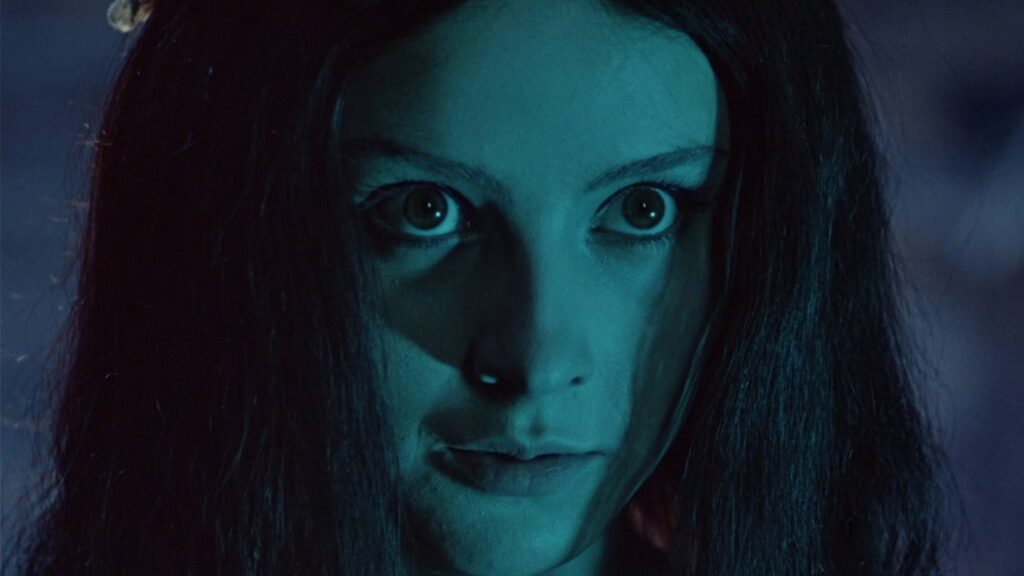
I have always been fascinated with Russian Wonder Tales by Post Wheeler. Wheeler’s book is a collection of Russian and Slavic folk tales set down on paper from what was predominantly an oral tradition through the nineteenth century. So it’s little wonder that Viy (1967) is among one of my favorite horror films. Viy is based upon a novella of the same name by Nikolai Gogol. Gogol’s story was first published in 1835, just as Gothic literature began to take hold in Russia. What was unique about the Russian strand of Gothic literature was its close relationship with Russia’s folklore. Gothic literature in Western Europe may have been indebted to folklore tradition in some respects, but it did not enter into such a direct and literal discourse as its Russian counterpart. Gogol infused his tale about a seminarian’s encounter with a witch with all sorts of tropes lifted from the Ukranian folk tales he had heard as a child.
In the film of Viy, Konstantin Yershov and Georgi Kropachyov approach their direction of the film with an eye toward creating a sense of visual juxtaposition. For the most part scenes where the seminarian Khoma (Leonid Kuravlyov) is outside of the church, and away from the witch, have a very “stagey” feel in terms of framing and blocking. When there are close-ups they are tight and seem rooted in a tradition closer to social realism rather than either expressionism or the “fantastique”. On the other end of the aesthetic spectrum are those scenes where Khoma interacts with the witch. These scenes have a surreal quality to them at times and make remarkable use of practical effects to create a series of grotesque moving tableaus. The juxtaposition at work in Viy speaks not only to Khoma’s subjective experience to which the audience is tied but to the two traditions at work; the Gothic and folk traditions.
Aside from Khoma serving as the narrative glue, there is a visual signifier present that also serves as a unifying piece to the film’s structure. This signifier is also a character, the witch, who though present throughout, appears in two forms played by two different actors. The elder version of the witch, who initially abducts Khoma, has the classic appearance of the famed Baba Yaga from Slavic folk tales. While the younger version who torments Khoma from beyond the grave has the appearance of a Gothic heroine. In this way both literary traditions are made manifest in a single character that draws directly on the codified visual features of both traditions in turns.
Severin Films’ package of Viy available in the U.S. is a must own for every cinephile. Their transfer is impeccable and the supplements are excellent. Viy may have a greater appeal to fans of The Golden Horns (1973) and the like, but there is a broader appeal as well. The practical effects at the climax of Viy are so incredible that they’re just begging to clutter up social media (as if they hadn’t already).
